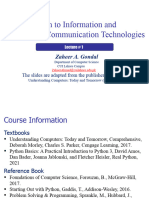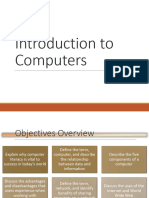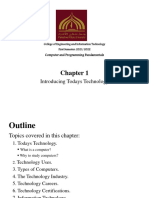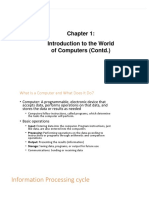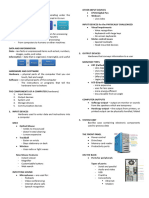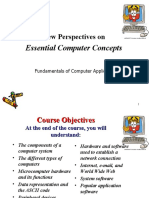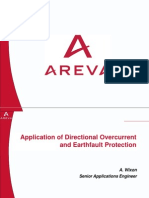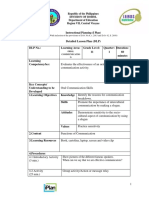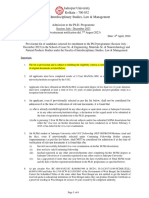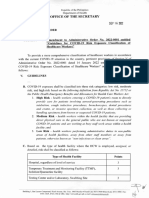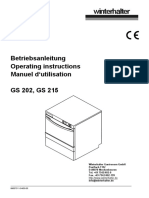0% found this document useful (0 votes)
13 views32 pages2nd - Fundamentals of Computer System
The document provides an overview of computer systems, covering features, types, data communication, operations, and common issues. It discusses the characteristics of computers such as speed, accuracy, and efficiency, as well as various computer types including supercomputers and digital devices. Additionally, it addresses mobile devices, digital convergence, and the impact of the digital information age on media and technology.
Uploaded by
alsoufiabdullah365Copyright
© © All Rights Reserved
We take content rights seriously. If you suspect this is your content, claim it here.
Available Formats
Download as PDF, TXT or read online on Scribd
0% found this document useful (0 votes)
13 views32 pages2nd - Fundamentals of Computer System
The document provides an overview of computer systems, covering features, types, data communication, operations, and common issues. It discusses the characteristics of computers such as speed, accuracy, and efficiency, as well as various computer types including supercomputers and digital devices. Additionally, it addresses mobile devices, digital convergence, and the impact of the digital information age on media and technology.
Uploaded by
alsoufiabdullah365Copyright
© © All Rights Reserved
We take content rights seriously. If you suspect this is your content, claim it here.
Available Formats
Download as PDF, TXT or read online on Scribd
/ 32















